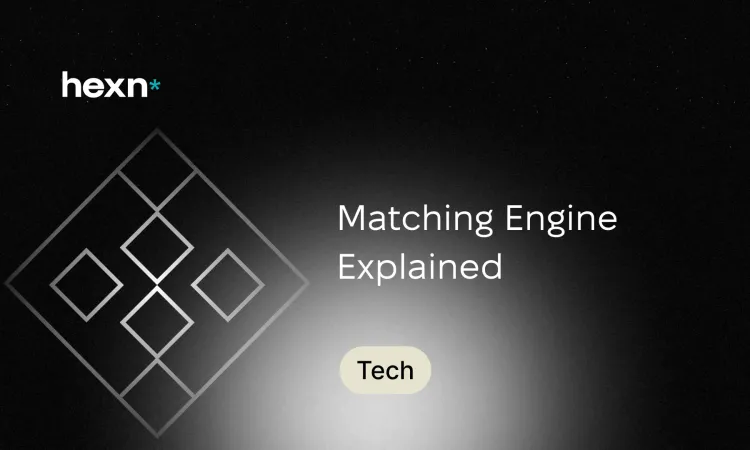Matching Engine Explained
What Is Matching Engine?
A matching engine is the software that pairs buy and sell orders on trading platforms. It determines which orders trade, in what sequence, and how quickly — affecting price discovery, fairness, and liquidity for every market participant.
Matching Engines in a Nutshell
- Core job: match buyers with sellers and execute trades.
- Speed and fairness: Modern engines aim to execute orders fast while following transparent priority rules.
- Algorithms vary: Different matching rules — for example, FIFO, Pro‑Rata, and TWAP — change how orders are prioritized and filled.
A matching engine maintains the platform’s order book and applies predefined rules to trade incoming orders. When a limit or market order arrives, the engine looks for compatible counterparties, calculates the trade, updates the book, and records the execution — all in fractions of a second on busy venues.
How Matching Engines Process Orders
Think of a trading floor turned digital: instead of voices, the order book lists bids and asks with price and size. The matching engine continuously compares new orders to the book and executes matches according to its priority rules. This system reduces manual errors and enables high-throughput trading environments.
Common Order-Matching Algorithms
Different algorithms shape how fills are allocated when multiple orders compete at the same price. Here are common approaches and their trade-offs:
First-In, First-Out (FIFO)
With FIFO, orders are prioritized by price and then by submission time. If several orders sit at the same price, the one entered earlier gets filled first. This model emphasizes time priority and is straightforward to audit.
Pro‑Rata Allocation
Pro‑Rata distributes available quantity among resting orders in proportion to their sizes. Larger orders receive a bigger share of the fill. This method can favor liquidity providers with larger orders but may be less predictable for small participants.
Time‑Weighted Average Price (TWAP)
TWAP splits a large parent order into smaller child orders executed over a set interval to approximate the average price across that period. It’s useful for reducing market impact when executing substantial positions.
Centralized vs Decentralized Matching Engines
Matching engines can be implemented in different architectures, and each has implications for performance, security, and cost.
- Centralized engines: Run on a central server and deliver very low latency and high throughput — ideal for high-volume exchanges. The trade-off is a concentration of risk around that central infrastructure.
- Decentralized engines: Use peer-to-peer or distributed systems, which can improve resilience and reduce single points of failure. However, they often sacrifice some speed and can be more complex to coordinate.
How to Choose a Matching Engine
Selecting the right engine depends on the platform’s goals. Key considerations include:
- Speed requirements: High-frequency markets need engines optimized for minimal latency.
- Security posture: Decentralized architectures can reduce concentrated attack surfaces, while centralized setups require strong protections around the core server.
- Fee model and infrastructure costs: Centralized systems often require heavier infrastructure investment, which can affect fee structures offered to users.
Why Matching Engines Matter
Matching engines influence several aspects of market quality. Fast, reliable execution preserves trading opportunities; transparent priority rules build trust; and efficient matching supports deeper liquidity, which helps narrow spreads and improve prices for everyone.
Final Notes
Although they operate behind the scenes, matching engines are foundational to modern trading. Their design choices — from algorithm to architecture — directly shape the speed, fairness, and liquidity traders experience every day.
